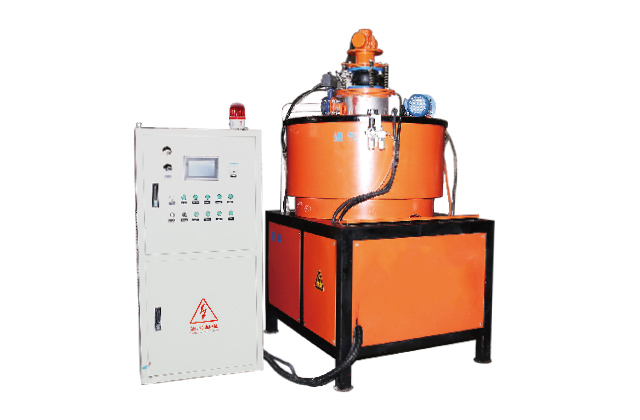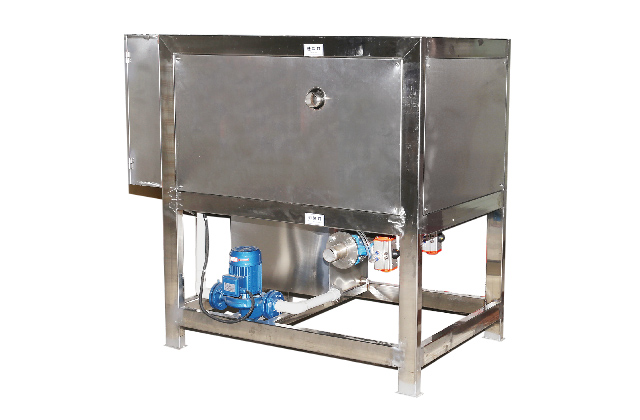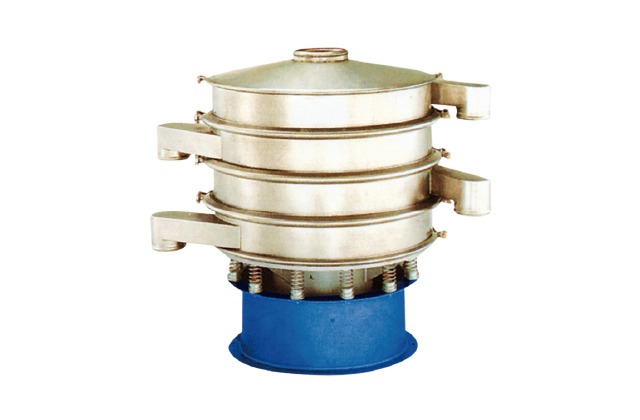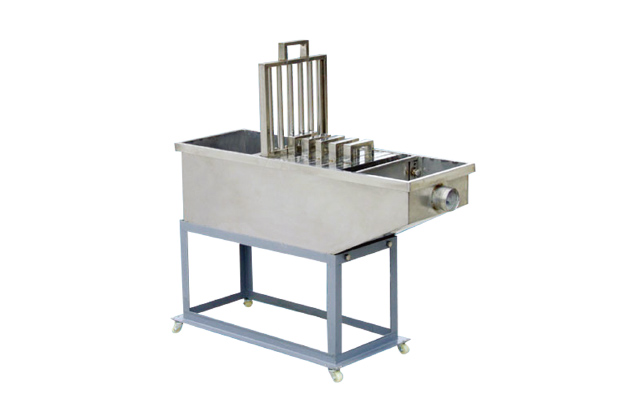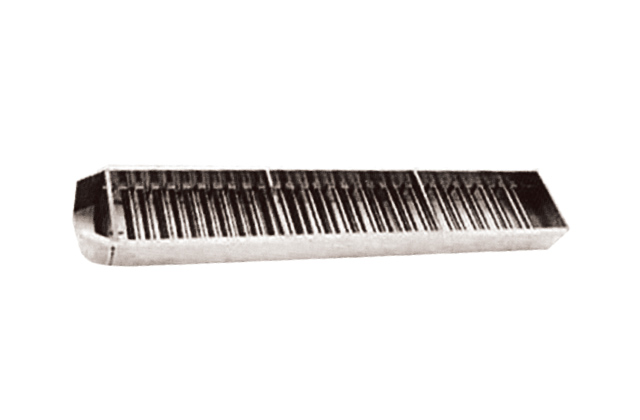September 3, 2025
How Do You Separate Iron Filings and Sand?
Introduction to Separating Iron Filings and Sand
Separating iron filings from sand can seem like a daunting task at first glance. Whether you’re working on a science project, cleaning up after a DIY endeavor, or simply curious about the process, this guide will walk you through the steps to achieve this separation efficiently. The key here is to understand the properties of both materials and use the right tools to get the job done.
Understanding the Properties of Iron Filings and Sand
Before diving into the separation process, it’s important to understand the characteristics of both iron filings and sand. Iron filings are small, jagged pieces of iron metal. They are magnetic, which makes them easier to separate from non-magnetic materials like sand. Sand, on the other hand, is made up of small, non-magnetic mineral particles. This difference in magnetic properties is the key to successful separation.
Materials Needed
To separate iron filings from sand, you’ll need a few basic tools:
- A magnet (preferably a strong one like a neodymium magnet)
- A bowl or container
- A piece of paper or a clean surface
- Optional: A sieve or fine-mesh strainer
Having these materials ready will make the process smoother and more efficient.
The Separation Process
Now that we’ve covered the basics, let’s move on to the actual separation process. This method is simple yet effective, and it relies on the magnetic properties of iron filings.
Step 1: Spread the Mixture
Start by spreading the mixture of iron filings and sand on a flat, clean surface. This could be a table, countertop, or even a piece of paper. The goal is to create an even layer so that the magnet can attract the iron filings effectively.
Step 2: Use the Magnet
Take your magnet and hold it close to the mixture. Slowly move the magnet across the surface. As you do this, the iron filings will be attracted to the magnet and separate from the sand. Be careful not to move the magnet too quickly, as this could cause some iron filings to remain mixed with the sand.
Step 3: Collect the Iron Filings
Once you’ve attracted a significant number of iron filings to the magnet, carefully transfer them to a separate container or piece of paper. Make sure to handle the magnet gently to avoid scattering the filings.
Step 4: Repeat the Process
Depending on how thorough you were in the initial pass, you may need to repeat the process a few times to ensure all iron filings have been separated from the sand. Each pass should leave you with a cleaner mixture of sand and fewer iron filings.
Step 5: Optional – Use a Sieve
If there are still some iron filings mixed with the sand after using the magnet, you can use a sieve or fine-mesh strainer to further separate the materials. Gently shake the sieve over a clean surface, allowing the sand to fall through while catching any remaining iron filings.
Tips and Safety Precautions
While the process is relatively straightforward, there are a few tips and safety precautions to keep in mind:
- Handle Magnets with Care: Neodymium magnets are extremely powerful and can cause injury if handled improperly. Make sure to keep them away from children and avoid pinching your fingers between the magnet and any metal objects.
- Work in a Clean Environment: Ensure the surface you’re working on is clean and free from any debris that could interfere with the separation process.
- Use Protective Gear: If you’re dealing with a large quantity of iron filings or sand, consider wearing gloves and safety goggles to protect yourself from any potential hazards.
Common Mistakes to Avoid
As with any process, there are common mistakes that people make when trying to separate iron filings from sand. Here are a few to watch out for:
- Not Using a Strong Enough Magnet: If the magnet you’re using isn’t strong enough, it may not attract all the iron filings, leaving some mixed with the sand.
- Moving the Magnet Too Quickly: Moving the magnet too fast can cause some iron filings to remain in the sand, requiring multiple passes to achieve full separation.
- Not Cleaning the Surface: Failing to clean the surface beforehand can result in contamination of the iron filings or sand with other materials.
Conclusion
Separating iron filings from sand is a simple process that relies on the magnetic properties of iron. By following the steps outlined in this guide, you should be able to efficiently separate the two materials. Remember to handle magnets with care, work in a clean environment, and avoid common mistakes to ensure the best results. Whether you’re a student, a DIY enthusiast, or simply someone looking to clean up a mess, this method will serve you well.


